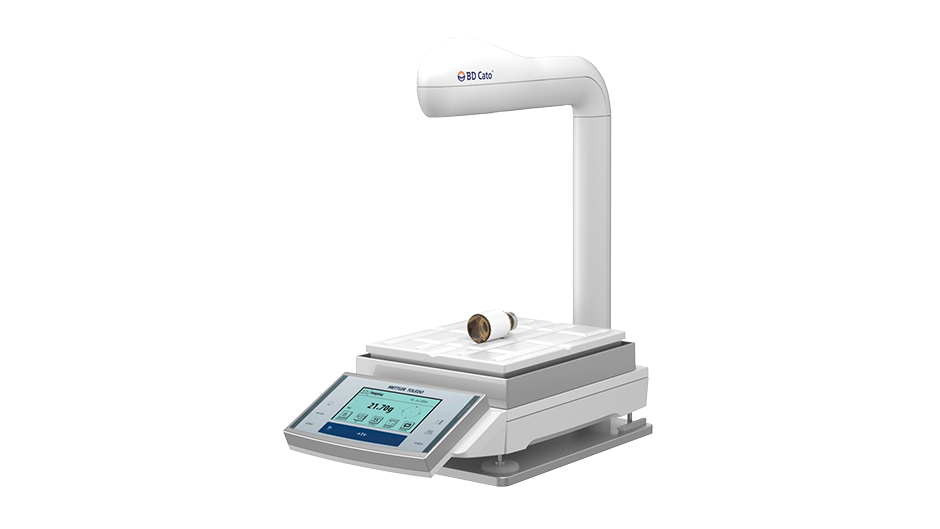Hospital-onset bloodstream infections remain a significant concern, with inadequate catheter care as a possible contributor-particularly inconsistent disinfection of needleless access devices. Despite established protocols like ANTT® and SASH, adherence to disinfection best practices is frequently suboptimal across both ICU and non-ICU settings. Notably, approximately half of post-insertion infections are linked to contaminated catheter hubs.
To address these challenges, integrated approaches that streamline disinfection and flushing have been explored. One such method combines these steps into a single workflow, promoting aseptic technique and improving compliance. Simulated studies have demonstrated that this approach achieved a 4-log reduction in microorganisms associated with CRBSI* and nearly double compliance rates compared to traditional methods involving separate alcohol pads and flush syringes.
This presentation will examine a compliance study evaluating such an integrated disinfection strategy, featuring insights from a large academic medical center’s implementation experience and its impact on adherence to flushing and disinfection protocols.
Objectives:
-
Clinical burden and failure to ‘scrub the hub’
-
SASH protocol using BD disinfection devices
-
BD® PosiFlush™ SafeScrub design features and Compliance Study overview
-
Highlight examples and advantages of using BD PosiFlush™ SafeScrub and BD Site-Scrub™ in various catheter hub decontamination processes, such as needle-free connector changes, hemodialysis procedures, and blood culture collection.
*BD Inc. Data on file. In vitro test results may not be predictive of clinical performance.
Demonstrated reduction on the most common causative agents of CRBSI including Staphylococcus aureus, Staphylococcus epidermidis, Acinetobacter baumannii, Pseudomonas aeruginosa, Escherichia coli, Candida glabrata and Candida albicans.





